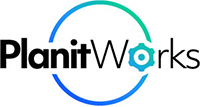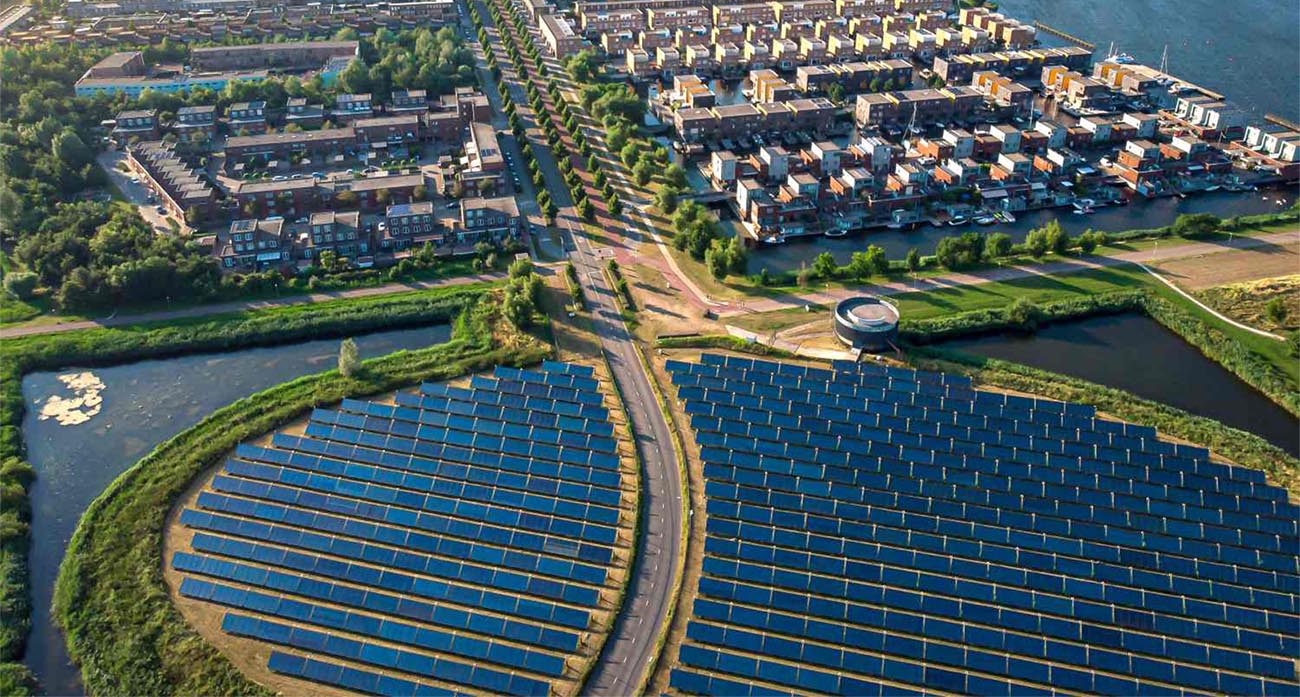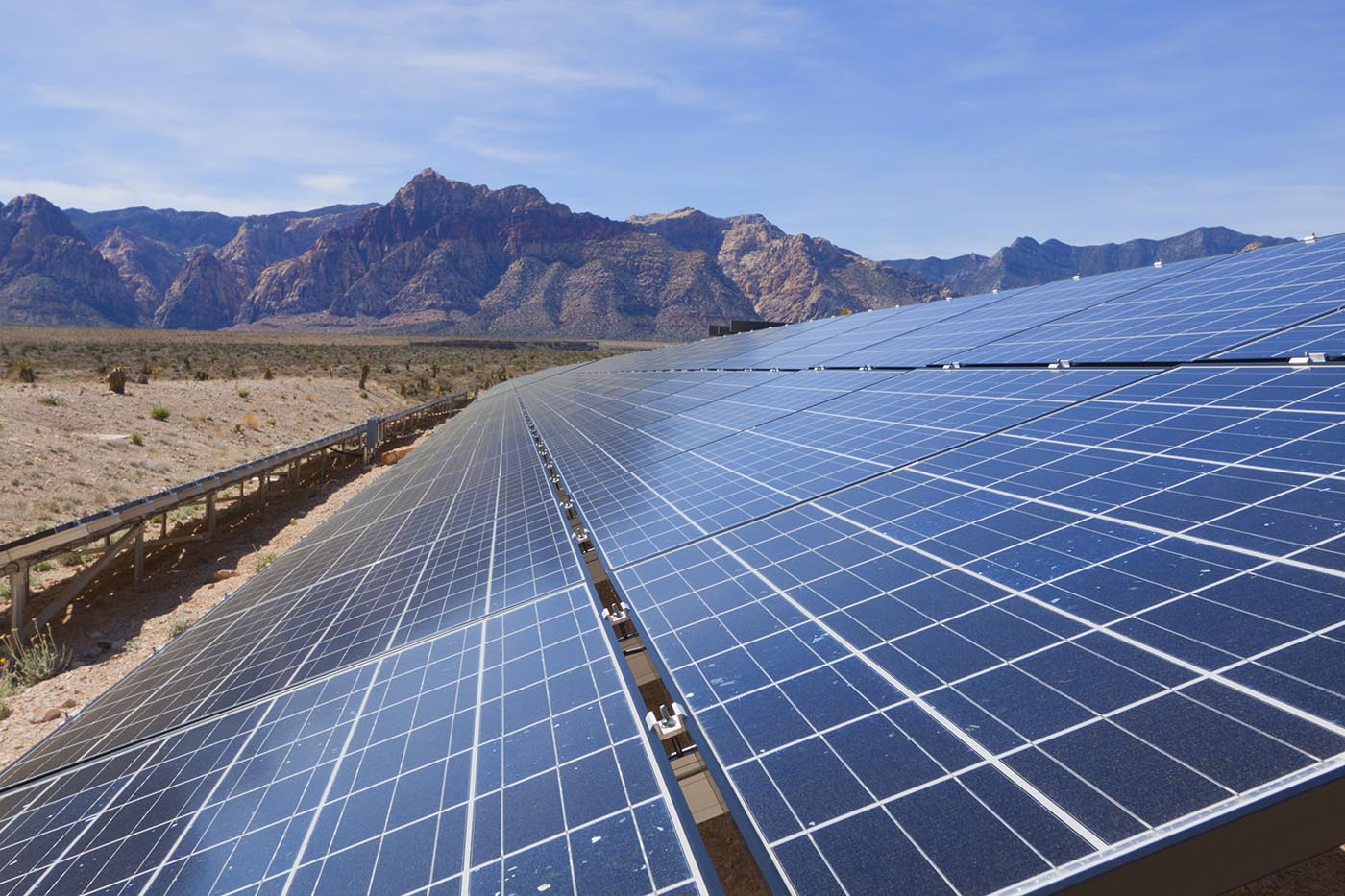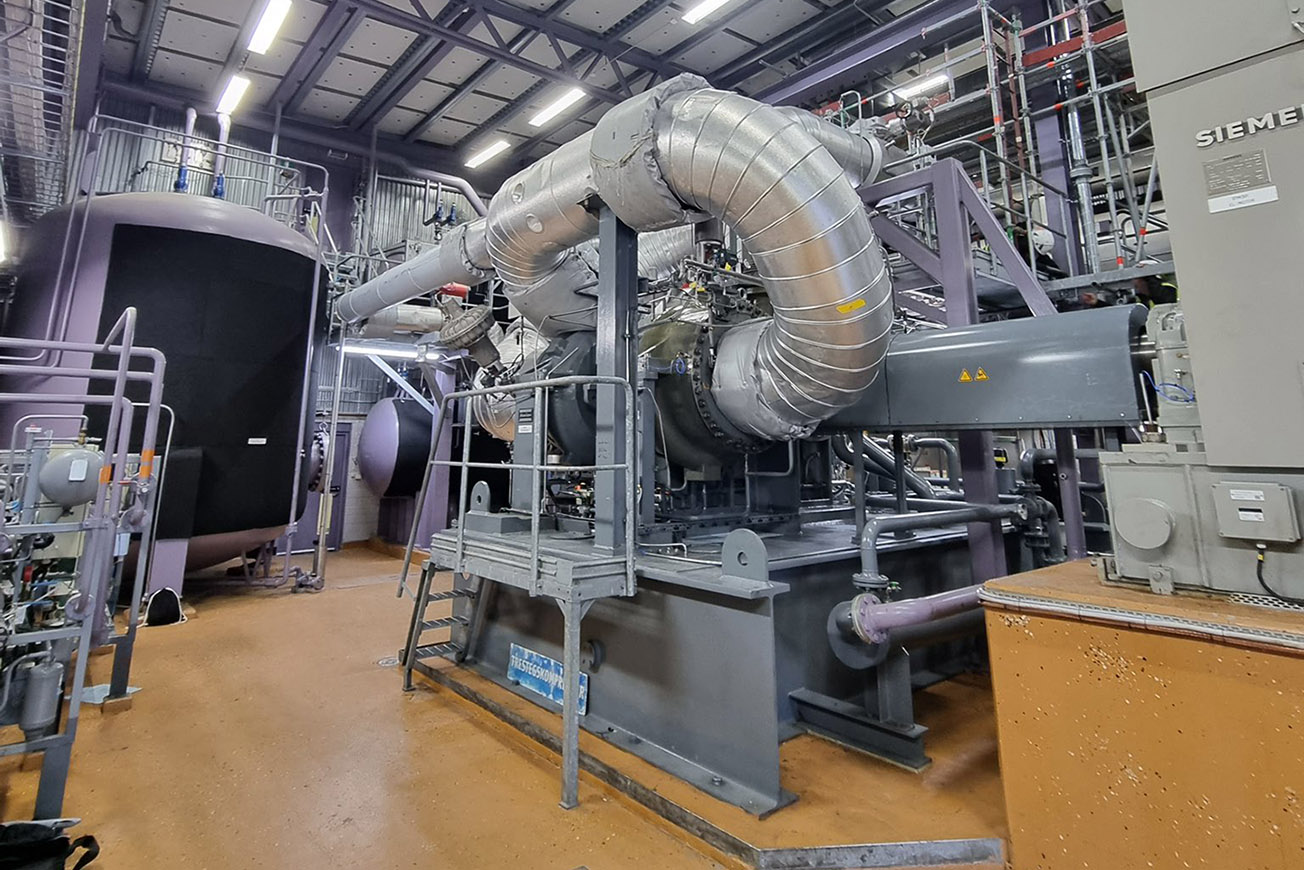Distributed Energy Systems (DES) are the central nervous system of the green energy revolution, which is why we’re so big on the thinking behind it, the tools that are modernizing it, and the widespread embrace of the systems for reducing carbon outputs, improving resiliency, and more. Much more.
Here are just some of the reasons we’re so high on DES.
Enhanced Energy Efficiency and Reduced Transmission Losses
- Proximity to Consumption: DES generates power close to where it is consumed, reducing the need for long-distance transmission. This minimizes energy loss, which typically occurs when electricity travels over long distances through power lines.
- Localized Management: Localized production allows for better energy management and utilization. This increases overall efficiency compared to centralized power generation systems that often have to account for a broader range of variables and potential inefficiencies.
Integration of Renewable Energy Sources
- Facilitates Renewable Adoption: DES is often based on renewable energy technologies, such as solar panels, wind turbines, and small-scale hydropower. Their modular and scalable nature makes it easier to integrate these renewable sources into the grid.
- Support for Intermittency: Distributed systems can more effectively manage the variability and intermittency of renewable energy sources. By having a network of distributed energy resources, fluctuations in power generation (e.g., from solar or wind) can be balanced more effectively.
Increased Grid Resilience and Reliability
- Resilience to Disruptions: DES can enhance grid resilience by diversifying energy sources and decentralizing power production. This reduces the impact of natural disasters, cyberattacks, or technical failures that might cripple a centralized grid.
- Microgrids and Energy Independence: Distributed energy systems can operate as microgrids, which can function independently of the main grid during outages. This capability provides reliable power to critical infrastructure and communities, enhancing energy security.
Cost Savings and Economic Benefits
- Reduced Infrastructure Costs: By generating power locally, DES reduce the need for significant investments in centralized infrastructure and long transmission lines. This can lead to lower overall capital and maintenance costs.
- Local Economic Development: Investment in distributed energy systems can boost local economies by creating jobs related to the installation, maintenance, and management of these systems. It also allows for greater community involvement and ownership of energy production.
Scalability and Flexibility
- Modular Implementation: DES is highly scalable. These systems can be implemented on a small scale (e.g., for individual homes or businesses) and gradually expanded, which makes them adaptable to different settings and demand levels.
- Flexibility: DES offer the flexibility to integrate various types of energy resources, including solar, wind, biomass, and even small-scale traditional energy generation methods, thus catering to a diverse range of energy needs and preferences.
Reduction in Greenhouse Gas Emissions
- Lower Carbon Footprint: By focusing on renewable sources and improving efficiency, DES help reduce greenhouse gas emissions and environmental impact compared to conventional fossil fuel-based power plants.
- Promotion of Sustainable Practices: They encourage the adoption of sustainable energy practices and raise awareness about energy consumption and conservation among consumers and communities.
Technological Innovations and Advancements
- Smart Grids and IoT: The advancement of smart grid technologies, combined with the Internet of Things (IoT), allows for better monitoring, control, and optimization of distributed energy systems. This integration supports real-time decision-making and enhances overall grid performance.
- Energy Storage Solutions: Innovations in energy storage technologies, such as batteries and thermal storage, complement distributed energy systems by storing excess energy and ensuring a steady supply when renewable sources are not actively generating power.
Empowerment and Energy Democracy
- Consumer Choice and Control: Distributed energy systems empower consumers by giving them more control over their energy production and consumption. This can lead to greater energy independence and autonomy.
- Community Engagement: They promote community-level involvement in energy generation and management, leading to more democratic and participatory energy systems. This can foster a sense of shared responsibility and stewardship for energy resources.
Wrapping Up
To wrap up things, it’s clear that DES represents a dramatic shift from more conventional, centarlized energy models. By decentralizing these services, DES improves energy efficiencies, resilience, and sustainability. We also believe it will dramatically reduce costs, particularly over time as innovations continue and adoption rates grow.
As the world continues to prioritize reducing carbon footprints and increasing energy security, the role of DES in shaping the future of energy is expected to grow significantly.




